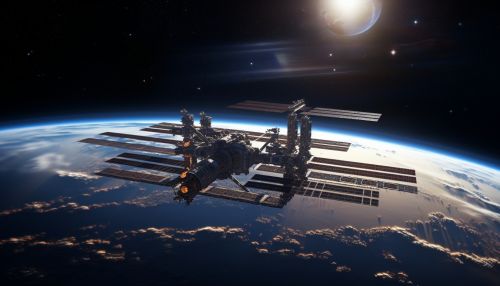International Space Station
Overview
The International Space Station (ISS) is a modular space station (habitable artificial satellite) in low Earth orbit. It is a multinational cooperative project involving five space agencies: NASA (United States), Roscosmos (Russia), JAXA (Japan), ESA (Europe), and CSA (Canada). The ownership and use of the space station is established by intergovernmental treaties and agreements.
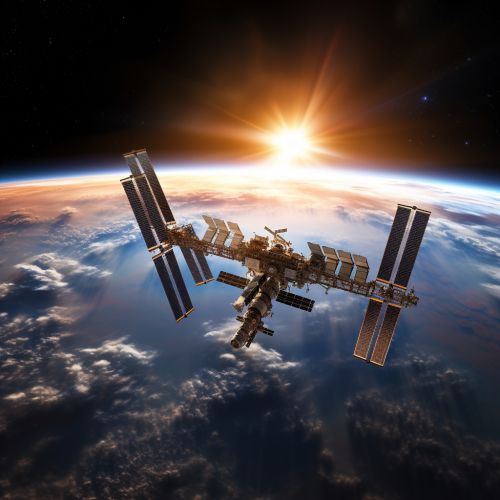

History
The idea of a space station can be traced back to 1869 when Edward Everett Hale wrote "The Brick Moon". The concept evolved through the decades and was further developed in the 1980s under the name 'Freedom' as a U.S. alone project. The end of the Cold War led to a merger of projects, with the International Space Station emerging as a symbol of post-Cold War global cooperation.
Design and Structure
The ISS is made up of pressurized modules, external trusses, solar arrays, and other components. The station is divided into two sections, the Russian Orbital Segment (ROS), operated by Russia, and the United States Orbital Segment (USOS), which is shared by many nations.
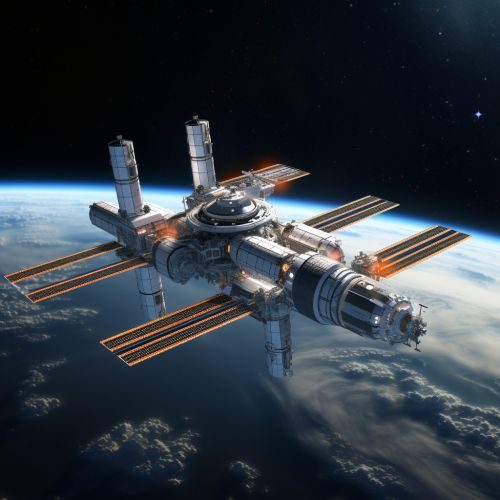
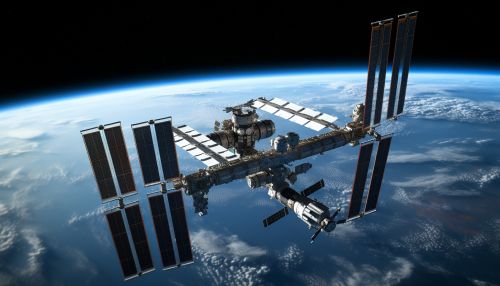
Assembly and Maintenance
The ISS was launched into orbit in 1998 and has been continuously occupied since November 2000. An international crew of six people live and work while traveling at a speed of five miles per second, orbiting Earth about every 90 minutes. Over time, the station is being expanded by modules and components launched by Russian Proton and Soyuz rockets, and American Space Shuttles.
Research
The ISS serves as a microgravity and space environment research laboratory in which scientific research is conducted in astrobiology, astronomy, meteorology, physics, and other fields. The station is suited for the testing of spacecraft systems and equipment required for missions to the Moon and Mars.
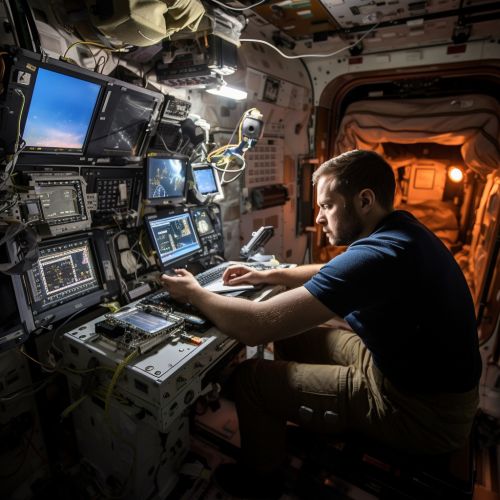
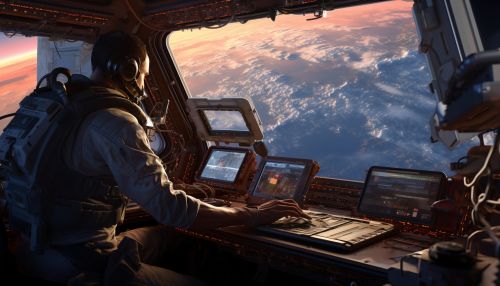
International Cooperation
The ISS program is a joint project among five space agencies. It is arguably the most ambitious international collaboration in human history. The space station has been visited by astronauts from 15 different nations.
Future of the ISS
The ISS is due to be operated until at least 2024, with partners discussing a possible extension until 2028. After that, plans for the space station are not clearly laid out. It could be de-orbited, or recycled for future space stations in orbit.

